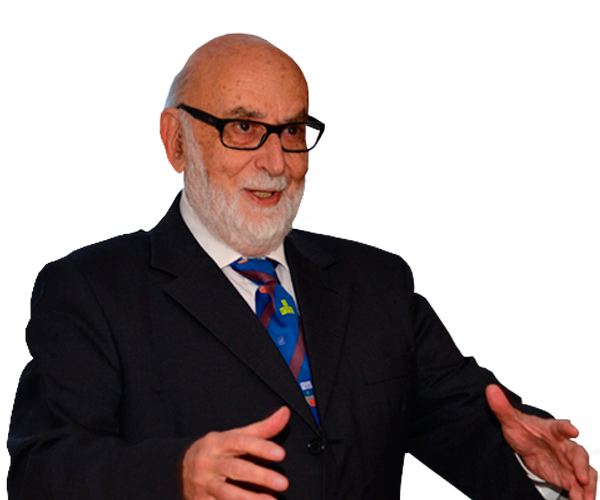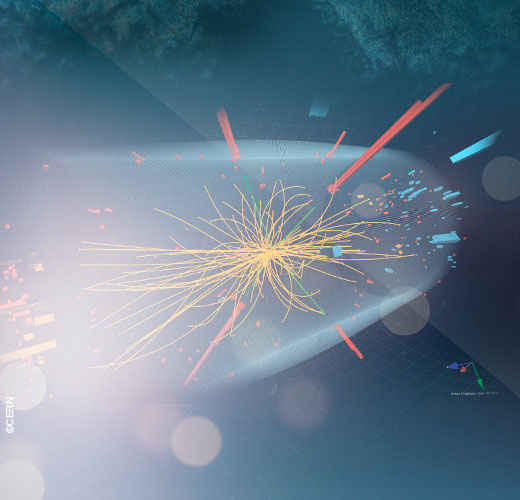Prince of Asturias Award for Technical & Scientific Research 2013

François Englert

François Englert Biography
François Englert (Belgium, 6th november 1932) graduated in Physical Sciences from the Free University of Brussels (ULB) in 1958 and earned his PhD there the following year. He subsequently worked as a research associate (1959-1960) and assistant professor (1960-1961) at Cornell University (USA). In 1961, he began teaching at the ULB, where he also co-headed with Robert Brout the Theoretical Physics Group from 1980 on and where he became Emeritus Professor in 1998.
In August 1964, he and Robert Brout co-authored the article Broken Symmetry and the Mass of Gauge Vector Mesons in Physical Review Letters, in which they theorized on the symmetry breaking mechanism, which implied the presence of the fundamental particle or scalar boson.

François Englert Recognitions
Among other academic distinctions, he holds honorary degrees from the University of Mons-Hainaut (Belgium) and the VUB. Englert has also been awarded the Adolphe Wetrems Prize in Physics and Mathematics by the Royal Academy of Belgium, the First Award of the Gravity Research Foundation in 1978 (with Brout and Gunzig) and the Francqui Prize in Exact Sciences (Belgium, 1982), in addition to the aforementioned awards he shares with others.
François Englert Prince Of
Asturias
Aword
At its meeting in Oviedo, the Jury for the 2013 Prince of Asturias Award for Technical and Scientific Research, made up of Mr Juan Luis Arsuaga Ferreras, Mr Juan Ignacio Cirac Sasturáin, Mr Luis Fernández-Vega Sanz, Ms Cristina Garmendia Mendizábal, Ms María del Rosario Heras Celemín, Mr Bernardo Hernández González, Mr Emilio Lora-Tamayo D'ocón, Mr José Antonio Martínez Álvarez, Mr Amador Menéndez Velázquez, Ms María Teresa Miras Portugal, Mr Ginés Morata Pérez, Mr Enrique Moreno González, Mr César Nombela Cano, Mr Eduardo Punset Casals, Ms Marta Sanz-Solé, Mr Manuel Toharia Cortés, chaired by Mr Pedro Miguel Echenique Landiríbar and with Mr Vicente Gotor Santamaría acting as secretary, have unanimously decided to bestow the 2013 Prince of Asturias Award for Technical and Scientific Research jointly on physicists Peter Higgs (UK) and François Englert (Belgium) and the international institution CERN, the European Laboratory of Particle Physics, for the theoretical prediction and experimental detection of the Higgs boson.
In 1964, the pioneering work of Higgs and of Englert and Brout (the latter died in 2011) established the theoretical basis for the existence of the so-called Higgs boson. This particle completes the Standard Model, which describes the fundamental components of Nature, and is responsible for certain elementary particles possessing mass. For nearly half a century, efforts to find the Higgs boson were unsuccessful due to the enormous experimental difficulties associated with its precise and unequivocal detection. The Higgs boson was finally identified in 2012 by the ATLAS and CMS detectors of the LHC particle accelerator at CERN, a milestone for the entire scientific community.
The discovery of the Higgs boson is a prime example of how Europe has led a collective effort to solve one of the deepest mysteries of physics.
Oviedo, 29th May 2013